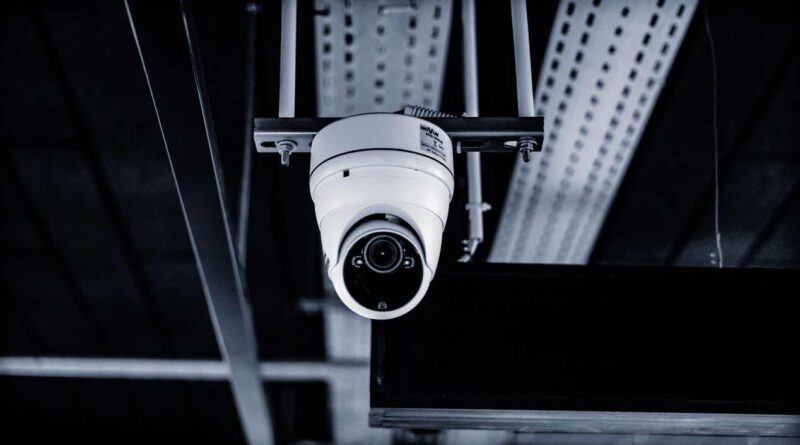What Are the Best Practices for Securing Wireless CCTV Networks?
Wireless Closed-Circuit Television (CCTV) networks offer flexibility, scalability, and convenience in surveillance deployment, but they also pose unique security challenges. Securing wireless cctv installation services is essential to prevent unauthorized access, data breaches, and tampering with surveillance footage. This article explores the best practices for securing wireless CCTV networks, including encryption protocols, network segmentation, access control measures, firmware updates, and regular security audits.
Wireless CCTV networks leverage Wi-Fi or other wireless technologies to transmit video footage from surveillance cameras to monitoring stations or storage devices. While wireless CCTV networks offer numerous benefits, such as easy installation and remote access, they are vulnerable to security threats such as eavesdropping, hacking, and signal interference. Implementing robust security measures is crucial to safeguarding wireless CCTV networks and protecting sensitive surveillance data from unauthorized access or manipulation.
Encryption Protocols
Implementing strong encryption protocols is fundamental to securing wireless CCTV networks and safeguarding data transmission against interception or tampering. Wi-Fi networks used for CCTV deployment should utilize Wi-Fi Protected Access (WPA) or WPA2 encryption protocols to encrypt data packets and prevent unauthorized access to the network. Additionally, enabling encryption for video streams and surveillance footage stored on network-attached storage (NAS) devices or cloud storage platforms adds an extra layer of security to protect against data breaches or unauthorized viewing.
Network Segmentation
Segmenting wireless CCTV networks from other network infrastructure and segregating surveillance traffic from other data streams enhances security and reduces the risk of unauthorized access or data breaches. Implementing virtual LANs (VLANs) or separate subnets for CCTV cameras, monitoring stations, and storage devices isolates surveillance traffic from other network traffic, limiting the potential attack surface and preventing unauthorized devices from accessing sensitive surveillance data.
Access Control Measures
Implementing access control measures such as strong passwords, multi-factor authentication, and role-based access control (RBAC) ensures that only authorized individuals can access and manage wireless CCTV networks and surveillance systems. Administering unique login credentials for each user and restricting access privileges based on job roles or responsibilities minimizes the risk of unauthorized access or insider threats. Additionally, regularly reviewing and updating access control policies and revoking access for inactive or former users helps maintain the integrity and security of wireless CCTV networks over time.
Firmware Updates and Patch Management
Regularly updating firmware and applying security patches for CCTV cameras, network equipment, and software applications is essential to address known vulnerabilities and protect against emerging security threats. Manufacturers release firmware updates and security patches to address software bugs, vulnerabilities, and weaknesses that could be exploited by attackers to compromise wireless CCTV networks. Establishing a systematic approach to firmware updates and patch management, including scheduled maintenance windows and testing procedures, ensures that wireless CCTV networks remain secure and resilient against evolving cyber threats.
Regular Security Audits and Penetration Testing
Conducting regular security audits and penetration testing exercises helps identify security weaknesses, vulnerabilities, and misconfigurations in wireless CCTV networks before they can be exploited by attackers. Engaging third-party security experts or conducting internal audits and vulnerability assessments enables organizations to assess the effectiveness of existing security controls, identify potential risks, and implement remediation measures to strengthen wireless CCTV network security. Additionally, performing penetration tests simulates real-world cyber attacks and allows organizations to evaluate their incident response capabilities and resilience against security breaches.
Conclusion
In conclusion, securing wireless CCTV networks requires a comprehensive approach that encompasses encryption protocols, network segmentation, access control measures, firmware updates, and regular security audits. By implementing best practices for wireless CCTV network security, organizations can mitigate the risk of unauthorized access, data breaches, and tampering with surveillance footage, ensuring the integrity, confidentiality, and availability of sensitive video data. Moreover, maintaining vigilance, staying informed about emerging threats, and adapting security measures to evolving risks are essential for safeguarding wireless CCTV networks and protecting against cyber threats in today’s interconnected digital landscape.

